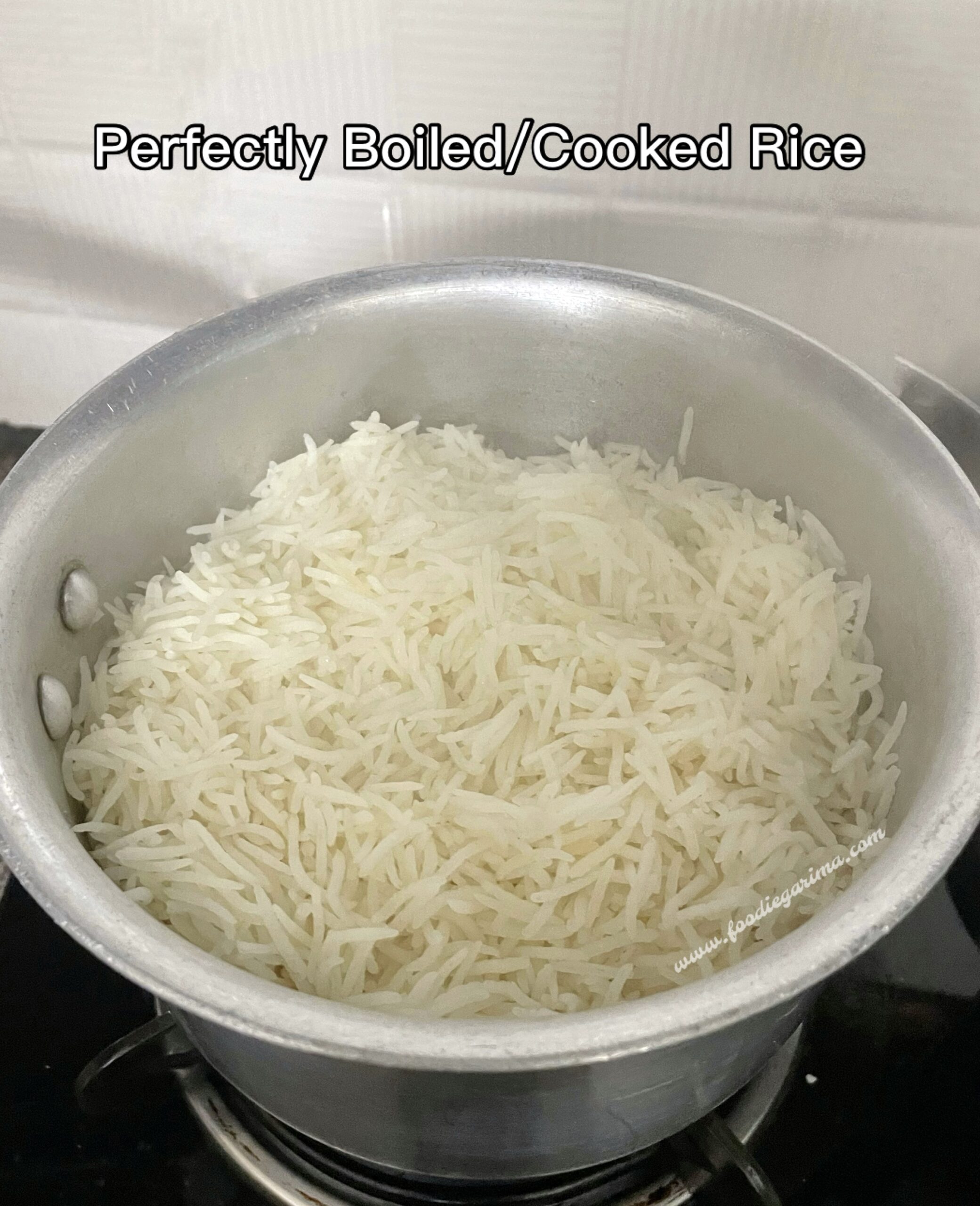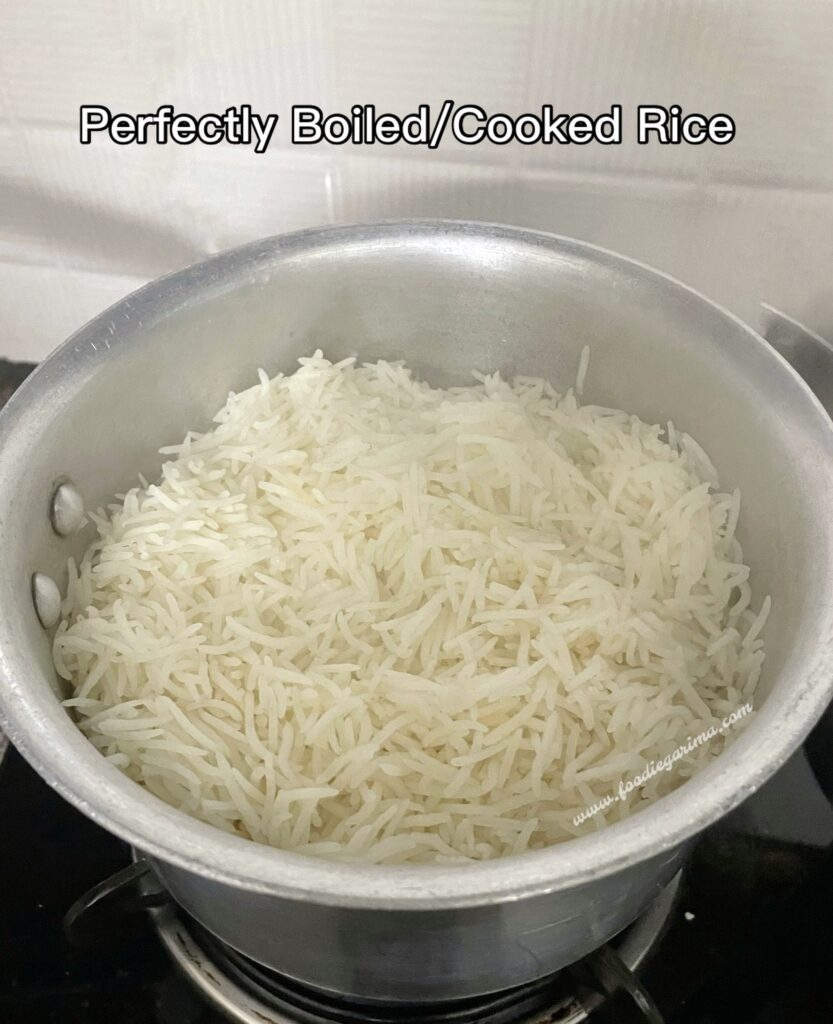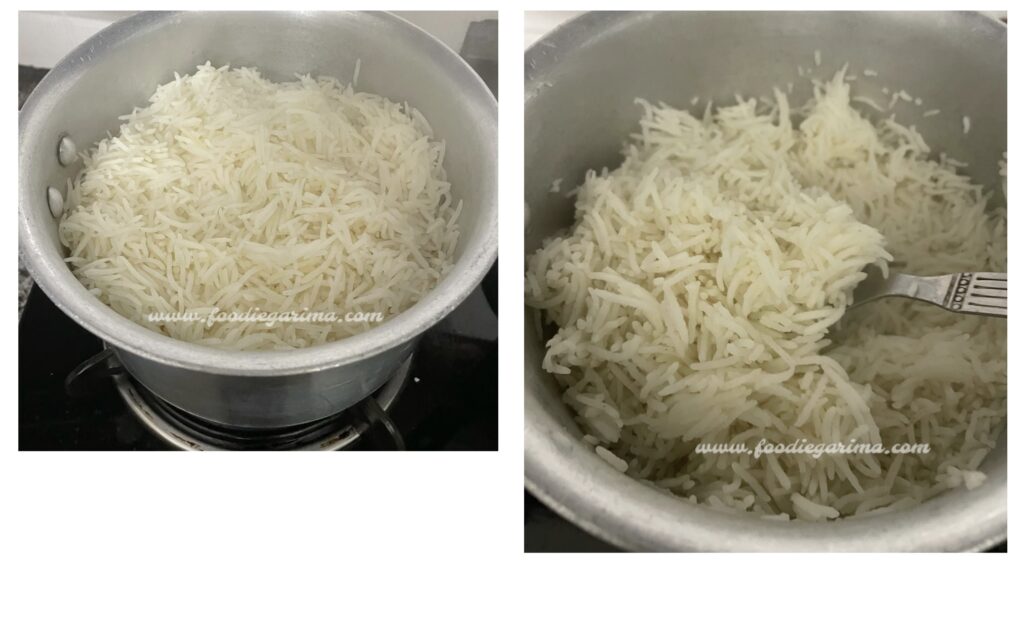8 January, 2024
Boiling Rice: A Comprehensive Guide to Perfectly Boiled Rice

Boiling Rice may seem like a simple task, but achieving that perfect texture and flavor requires precision. From selecting the right rice variety to mastering the Water-to-Rice ratio, each step plays a crucial role. This article will guide you through the art of Boiling Rice, exploring its nuances, versatility in dishes, and much more.
Varieties and Types
Rice comes in various shapes, sizes, and types, such as long-grain, medium-grain, and short-grain. Each type possesses unique characteristics that impact its texture and taste when boiled. Selecting the appropriate rice variety is vital for achieving the desired outcome.

Proportions Matter: Perfect Ratio for Boiling Rice
The key to flawlessly boiled rice lies in the correct Water-to-Rice ratio. For most long-grain varieties, the standard ratio is 1:2 for Rice:Water (one cup of Rice to two cups of Water). However, certain rice types may require adjustments.
Determining the ideal ratio for each variety ensures well-cooked, non-sticky rice every time you boil it.
Step-by-Step Guide to Boiling Rice

- Rinse the Rice: Measure the desired amount of rice and rinse it under water, swishing it gently with your fingers. Continue rinsing until the water turns clear, removing excess starch that can lead to sticky rice.
- Soaking the Rice: Soak the washed rice in an adequate amount of water for about 30 to 40 minutes. Soaking can soften the outer layer of the rice grains, resulting in a more uniform texture when cooked.
- Discard Water: Discard the water used for soaking. (Don’t rinse the rice after the soaking process. When rice is soaked, it absorbs water and becomes more delicate, making the grains softer and prone to breakage during rinsing).
- Measure Water: Use the appropriate Water-to-Rice ratio for boiling rice. For most long-grain rice varieties, the standard ratio is 1:2 (one cup of Rice to two cups of Water). Adjust the ratio according to the type of rice being used.
- Add Rice and Water: In a sturdy pot with a lid, add the water and rinsed rice for boiling.
- Simmer: Stir the rice briefly to ensure it is evenly distributed in the pot. Keep the heat low to maintain a gentle simmer.
- Cover and Cook: Place the lid securely on the pot to trap the steam and heat. Allow the rice to simmer, undisturbed, for the specified cooking time according to the rice variety. Typically, long-grain rice takes around 16 to 18 minutes, but cooking times may vary for different types of rice.
- Check for Doneness: After the suggested cooking time, turn off the heat and let the rice sit, covered, for an additional 5 to 10 minutes. This allows the rice to steam and finish cooking off the heat. Avoid lifting the lid during this resting period to maintain steam and heat.
- Fluff and Serve: After the resting period, uncover the pot and gently fluff the rice to separate the grains. Serve the perfectly cooked rice as a side dish or as a base for various recipes and enjoy!

Remember, adjustments may be needed based on personal preferences and the specific type of rice being used.
Additional Tips and Tricks
Enhance the flavor of boiled rice by adding aromatics like bay leaves or spices such as cumin seeds during the cooking process. Troubleshooting issues like mushy or undercooked rice involves adjusting heat levels or water quantities.
Versatility of Boiled Rice in Culinary World
Boiled Rice serves as a versatile base for various culinary delights worldwide. From savory dishes like stir-fries, and pilafs to sweet treats like rice puddings, its adaptability knows no bounds. The cultural significance of rice in global cuisines further showcases its versatility.
FAQs
1. Is it necessary to rinse the rice before boiling?
- Rinsing rice removes excess starch, resulting in fluffier grains when boiled.
2. Why does my rice sometimes turn out mushy?
- Excess water or prolonged cooking can make the rice mushy; ensure precise measurements and cooking times.
3. Are different rice varieties suitable for specific dishes?
- Yes, for instance, Stickier Rice varieties work well in Sushi, while Long-grain Rice varieties complement pilafs.
4. Can I add flavors to the boiling water for aromatic rice?
- Absolutely! Adding herbs, spices, or broth to the water can infuse delightful flavors into the rice.